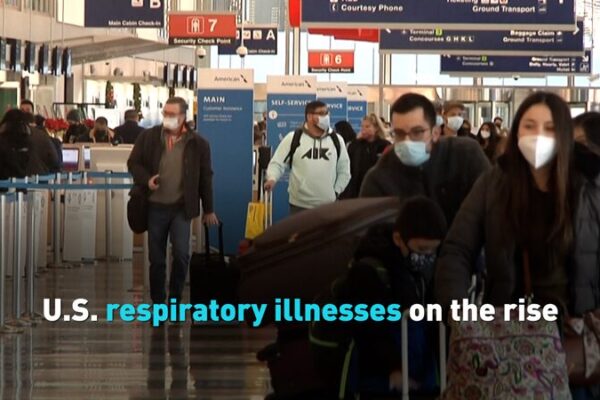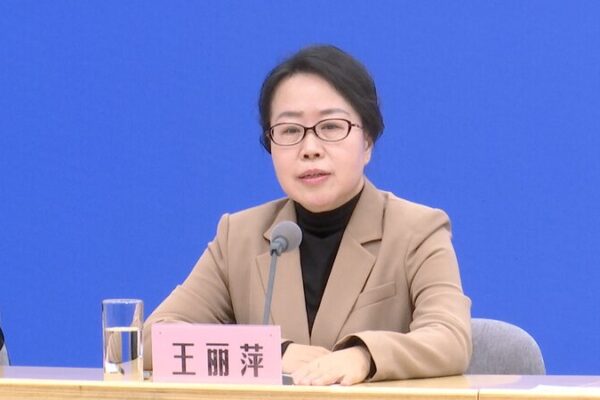As winter arrives in the Northern Hemisphere, respiratory infections are on the rise—a common seasonal occurrence. However, in recent weeks, some international media outlets have been disproportionately focusing on the Chinese mainland’s human metapneumovirus (HMPV) outbreak, portraying it as a potential global threat.
According to health experts and the World Health Organization (WHO), the current increase in respiratory infections, including HMPV, aligns with typical winter patterns. There is no evidence to suggest an extraordinary public health risk, yet media narratives seem to amplify concerns when such illnesses emerge in the Chinese mainland.
Reports suggest that similar or even more severe viral outbreaks are occurring in the United States, Europe, and other regions, but these receive relatively less attention. For instance, the U.S. has reported its first death from the H5N1 bird flu strain and is experiencing a rise in influenza and norovirus cases. Despite these events, global media coverage remains relatively muted.
Experts believe that media bias may be contributing to this disproportionate focus on the Chinese mainland’s seasonal viruses. Josef Gregory Mahoney, a professor at East China Normal University in Shanghai, points out that some media platforms tend to portray China in a negative light due to ideological differences and sensationalism.
“There’s just this tendency post-COVID to treat every infectious disease event as an emergency, even when it’s not,” says Amesh Adalja, an infectious diseases physician at the Johns Hopkins Center for Health Security. This phenomenon leads to unnecessary panic and can distort public perception.
The Chinese government’s commitment to transparency in disease reporting has been emphasized by officials. Foreign Ministry Spokesperson Guo Jiakun stated, “The Chinese government has and will continue to release information about infectious diseases in a timely and transparent way in accordance with law.”
The WHO corroborates these statements, noting that it has not received any reports of unusual outbreak patterns from China. “Chinese authorities report that the healthcare system is not overwhelmed and there have been no emergency declarations or responses triggered,” the WHO stated.
Human metapneumovirus, first identified in 2001, is a common respiratory virus that circulates globally during winter months. Health experts stress that there is no indication that it originated in China, nor is there cause for undue concern.
The disproportionate media focus on the Chinese mainland’s seasonal viruses not only distorts global perceptions but may also hinder international cooperation in addressing public health challenges. Balanced reporting is essential to ensure that information is accurate and to avoid unnecessary alarm.
As the world continues to navigate health issues in the post-pandemic era, it is crucial for media outlets to provide fair and balanced coverage. Recognizing that seasonal viruses are a global phenomenon can help promote understanding and cooperation, rather than fear and division.
Reference(s):
Why do foreign media dub China's seasonal viruses as global threats?
cgtn.com








